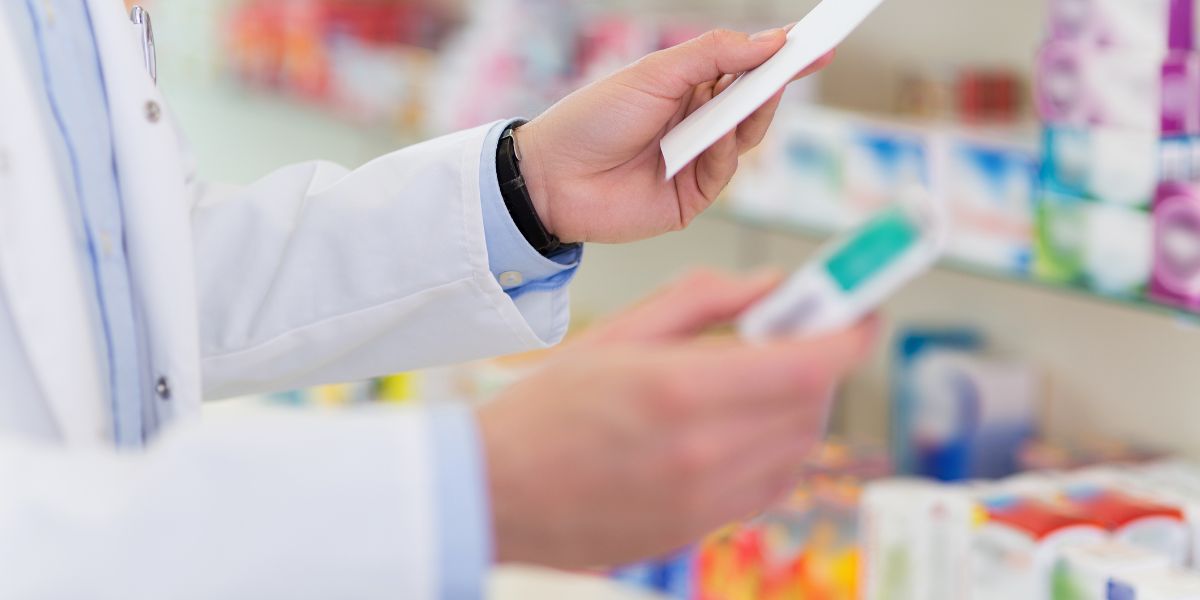Where possible, it’s best for the mother and baby to be together straight after the birth. Keeping close contact with your baby will help to keep him or her warm and will allow you to bond with your baby straight away.
Your baby’s blood sugar levels
bb
It’s generally recommended to breastfeed your baby within the first half hour after the birth to keep your baby’s own blood sugar levels up.
Usually about two to four hours after your baby is born, a heel prick test (a blood glucose test taking blood from your baby’s heel) will be performed to see if your baby’s blood sugar levels are low.
If your baby’s blood glucose remains low, they may be put onto a glucose drip.
Your sugar levels after the birth
With your pregnancy over, your insulin requirements will be less than during your pregnancy.
If you have type 1 diabetes, you should find that your dosages will be lower after the birth.
You should receive guidance from your health team to help you safely readjust your doses.
If you have type 2 diabetes and were put onto insulin for your pregnancy, it is likely you will go back onto your original medication routine after the birth. Your doctor will inform you of which regime will be best.
If you developed gestational diabetes during your pregnancy, it is likely that you won’t need to continue taking medication after the birth.
You should have a blood glucose test at your post-natal check, 6 weeks after the birth, to see whether your blood glucose levels have returned back to normal.
Breastfeeding
Breastfeeding is generally recommended as the most healthy way to feed your baby.
Mothers with diabetes may be slower to produce milk than non-diabetic mothers but this shouldn’t normally present significant problems.




